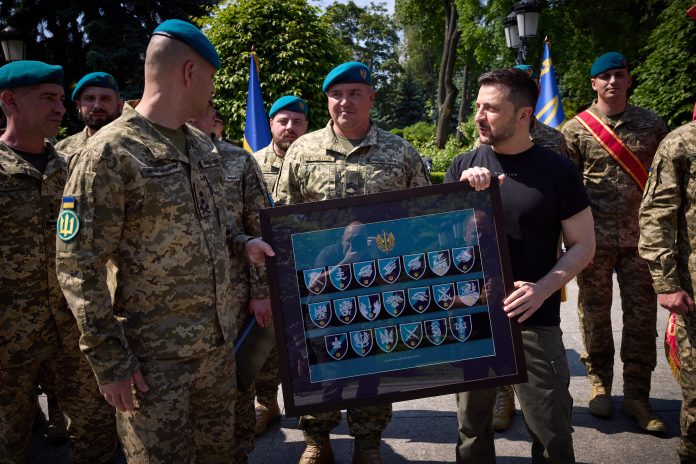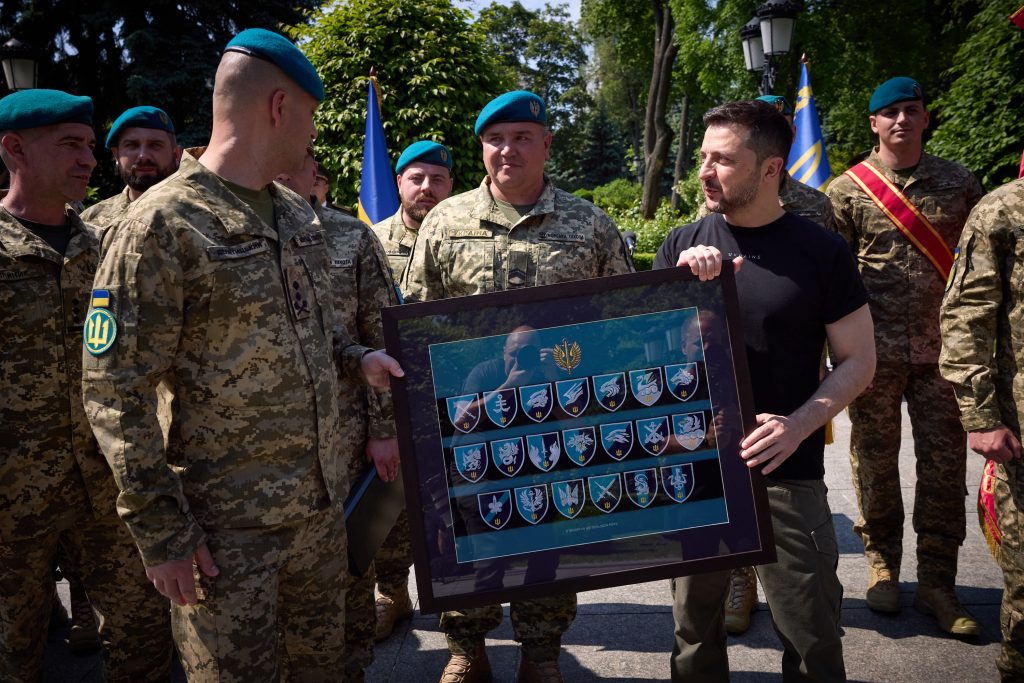
War is an act of violence taken to its extreme, wrote Carl von Clausewitz, and in Ukraine, that adage has been cruelly reinterpreted. President Donald Trump’s recent claim of a 14:1 Russian-to-Ukrainian death toll 20,000 Russian dead and 8,000 Ukrainian in 2025 has fueled the argument about the war at what cost in lives. But beneath the headlines, there is a deeper technical and strategic assessment of a technology-sculpted battlefield, where survival, industrial capacity, and attrition are determined by factors greater than simple numbers.
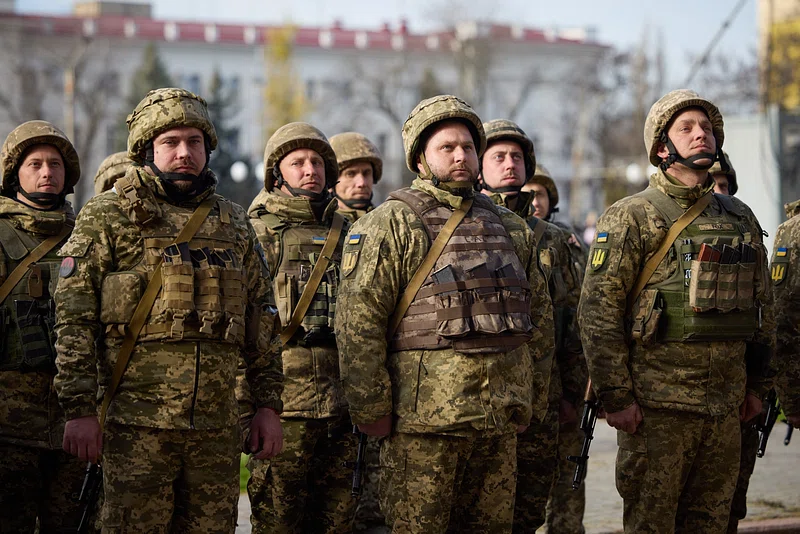
1. Trump’s Casualty Claims: Breaking Down the Numbers
Trump’s tweet, “I have just been told that approximately 20,000 Russian soldiers were killed this month in the foolish War with Ukraine,” paints a picture of enormous Russian losses. He continues, “Russia has lost 112,500 soldiers since the beginning of the year. Ukraine has also taken a huge loss. They’ve lost approximately 8,000 soldiers since January 1, 2025, and this figure does not include their missing.” If these figures are true, they portend a eyebrow-raising 14:1 kill ratio in 2025 for Ukraine. But these numbers can be disputed. Trump’s record of “playing fast and loose with numbers” is well-documented, and his “just been told” sources are candid. And yet even conservative estimates by Western intelligence agencies and open-source researchers continually confirm Russian casualties in the hundreds of thousands, Ukraine’s own being significantly fewer but still grave.
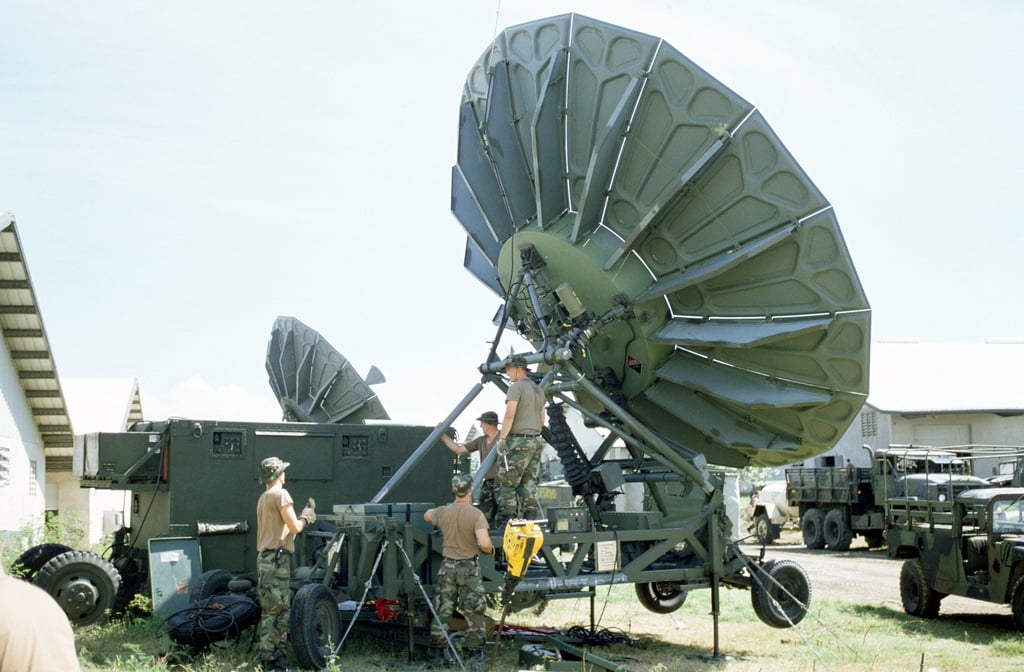
2. Assessing the Validity of Casualty Figures
Modern warfare’s challenge of accurately estimating casualties is enormous. Satellite photos, artificial intelligence-driven analysis, and open-source intelligence (OSINT) are now supplemented by traditional reporting. Palantir’s software “analyzes satellite imagery, open-source data, drone video and ground reporting using AI,” a system applied to “much of the targeting in Ukraine,” CEO Alex Karp explained. Such technologies allow for immediate, close assessment of damage and loss of personnel, but even cutting-edge technology is subject to the vicissitudes of fog-of-war. For example, satellite-based damage assessments have uncovered devastation on a magnitude “as if all buildings in Manhattan had been destroyed four times over” throughout Ukraine. Nonetheless, casualty numbers continue to be vulnerable to political manipulation and incomplete reporting, particularly in terms of missing or unaccounted-for troops.
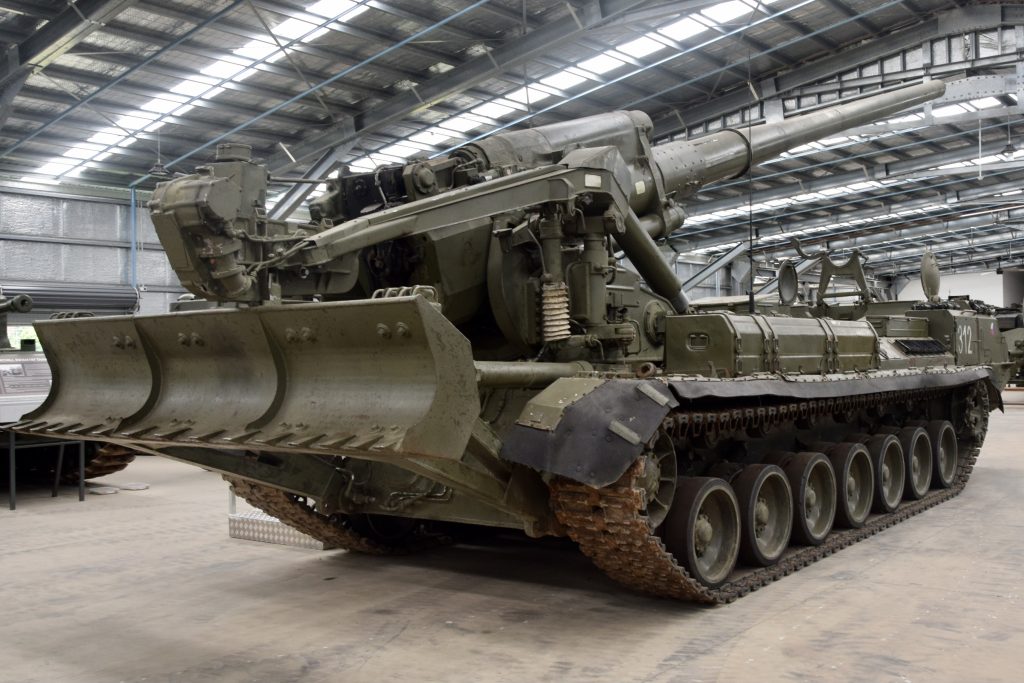
3. Strategic Implications: Unsustainable Russian Losses
The strategic implication of such high Russian attrition cannot be overstated. Russia is approaching 1 million fatalities, with CSIS and the UK Defence Ministry giving estimates of between 950,000 and over 1 million killed or wounded since the war started. Even the losses in equipment are humongous: Russia has lost approximately 1,149 armored combat vehicles, 3,098 infantry combat vehicles, 300 self-propelled howitzers, and 1,865 tanks since January 2024. Open-source reports such as those of Oryx, which rely on photographic evidence, support these figures.
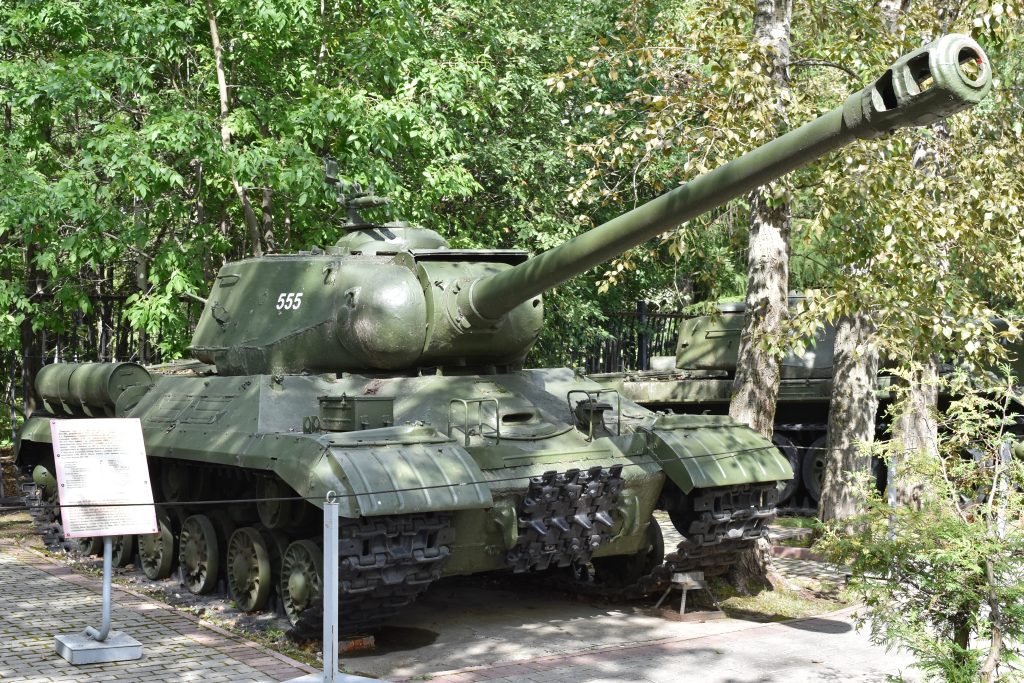
Russian defense industrial base is not capable of replacing such losses at the present rate; Russia’s leading tank plant, Uralvagonzavod, can produce only 20–90 new tanks annually, whereas losses can go from more than 1,400 annually by IISS estimates. Depletion of reserves accumulated under the Soviet era and reliance on imported ammunition up to 60% of Russian artillery shells are imported nowadays from North Korea are other evidence of the unsustainability of Moscow’s policy of attrition.
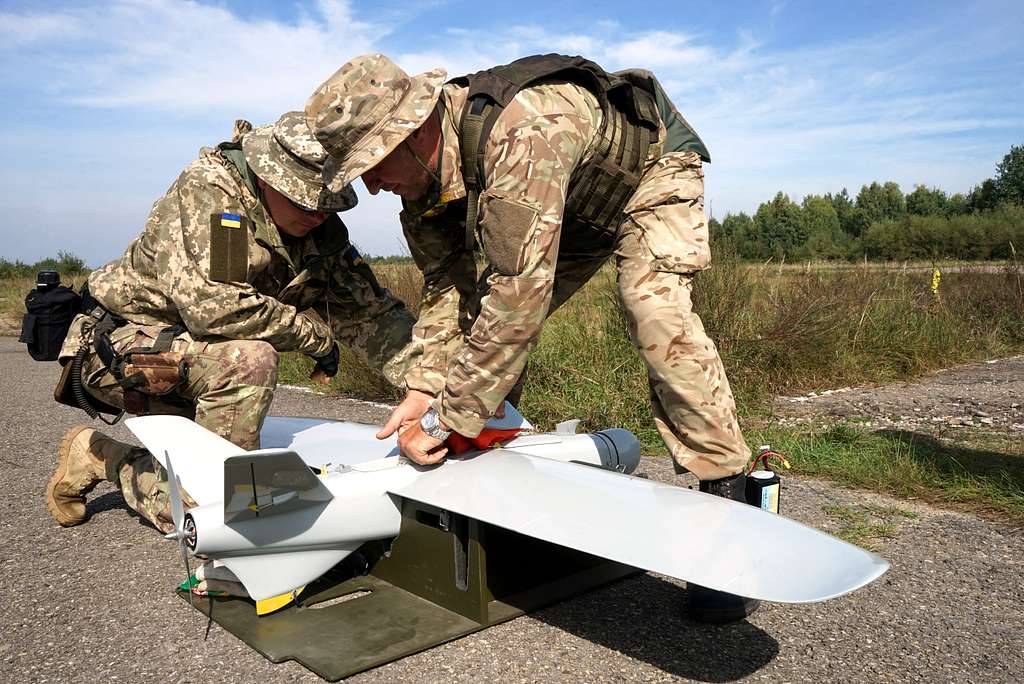
4. Sustainable Attrition and Technological Superiority of Ukraine
Ukraine’s losses are large, but within what analysts would determine as sustainable for a country fighting for survival. Ukrainian casualties, 400,000 killed and injured, are dwarfed by the scale of the Russian loss. Behind this effort lies an astonishing adjustment to technology. Ukraine has been at the forefront of integrating AI, drones, and large data analytics into its conflicts. The construction of the “Million Drone Army” project and the creation of the world’s first Unmanned Systems Forces division reflect this new path. Artificial intelligence platforms like Delta and Kropyva have revolutionized situational awareness and artillery targeting, reducing response times to one-tenth consistently and enabling Ukraine to inflict disproportionate casualties on Russian forces.
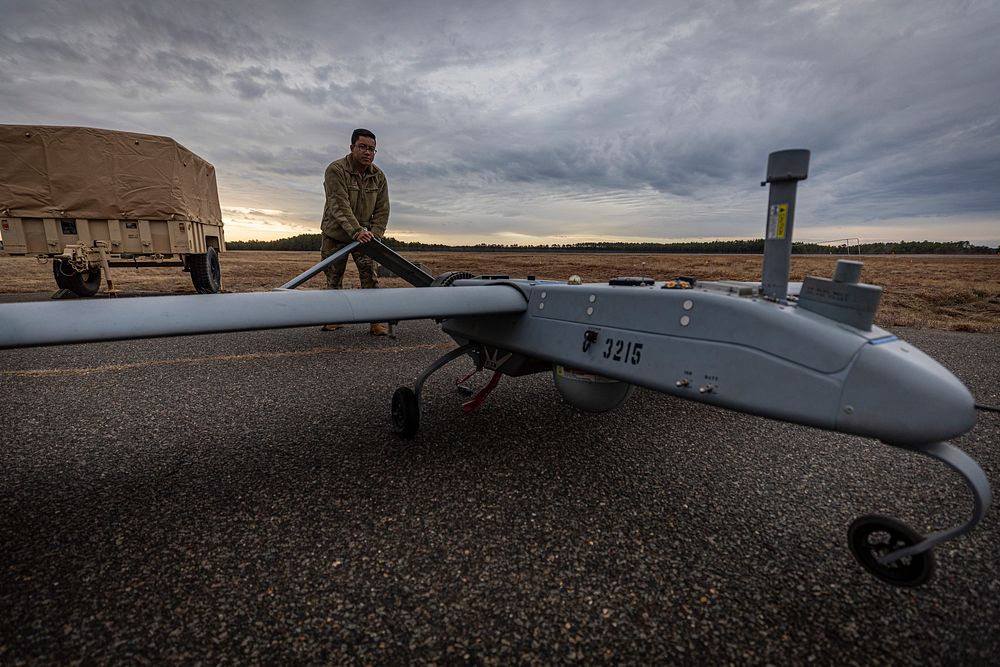
5. The Drone War: Attrition and Survival on a New Battlefield
Drones are now the attrition weapon. Colonel Kostiantyn Humeniuk, Ukraine’s Chief Surgeon of Medical Forces, explains, “We see almost all the wounds now as drone-related wounds. It’s not mortar, it’s not artillery, it’s drones.” Drone-dropped ordnance has changed the nature of combat trauma, overwhelming medics with mass casualty events and grotesque injuries. Russian forces, in turn, have struck Ukrainian medevac convoys with drones, pushing the zone of killing up to 40 kilometers from the front. Ukraine has responded by using uncrewed ground vehicles (UGVs) and low-observable air drones for casualty evacuation, logistics support, and reconnaissance, reducing exposure to enemy fire further.
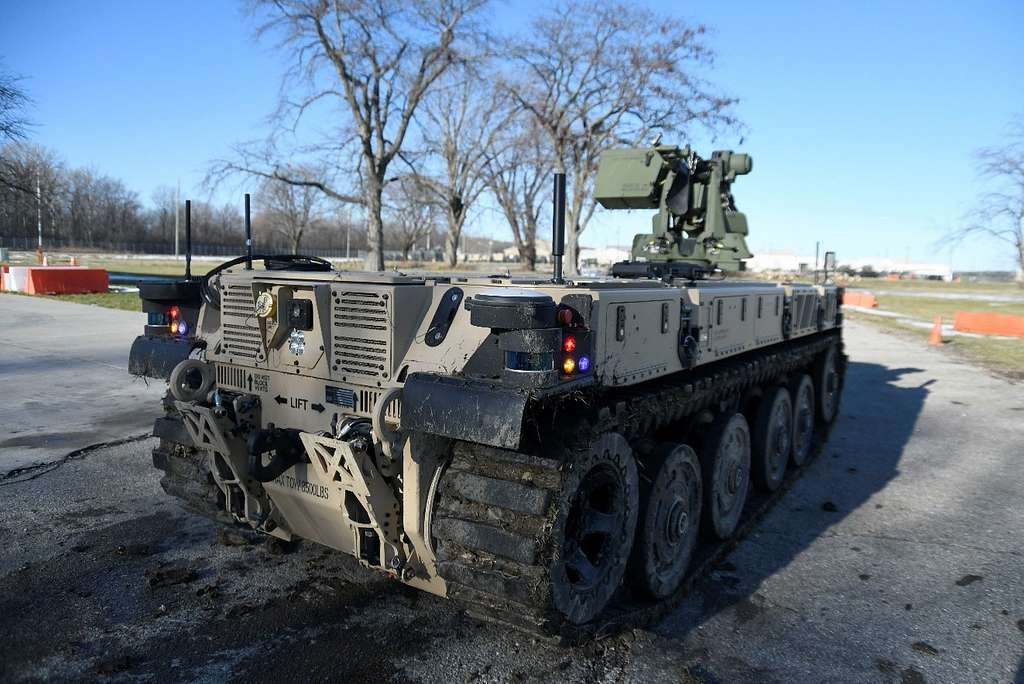
6. The Golden Hour Disrupted: Medical Technology and Survival Rates
The “golden hour” of time available to treat battle wounds has been a “death trap” in Ukraine. Protracted evacuations made possible by drone reconnaissance and targeting often keep wounded soldiers on the battlefield for days or hours. To counter this, Ukraine has constructed underground, fortified hospitals near the front and used robotic evacuation vehicles. As Eugene, one of the UGV commanders, observes, improved onboard communication now makes possible successful remote evacuations that human teams are unable to perform. Yet, as many as 85% of tourniquet syndrome patients ultimately require amputation, a sobering reminder of the war’s medical toll in reports by Ukrainian medical sources.
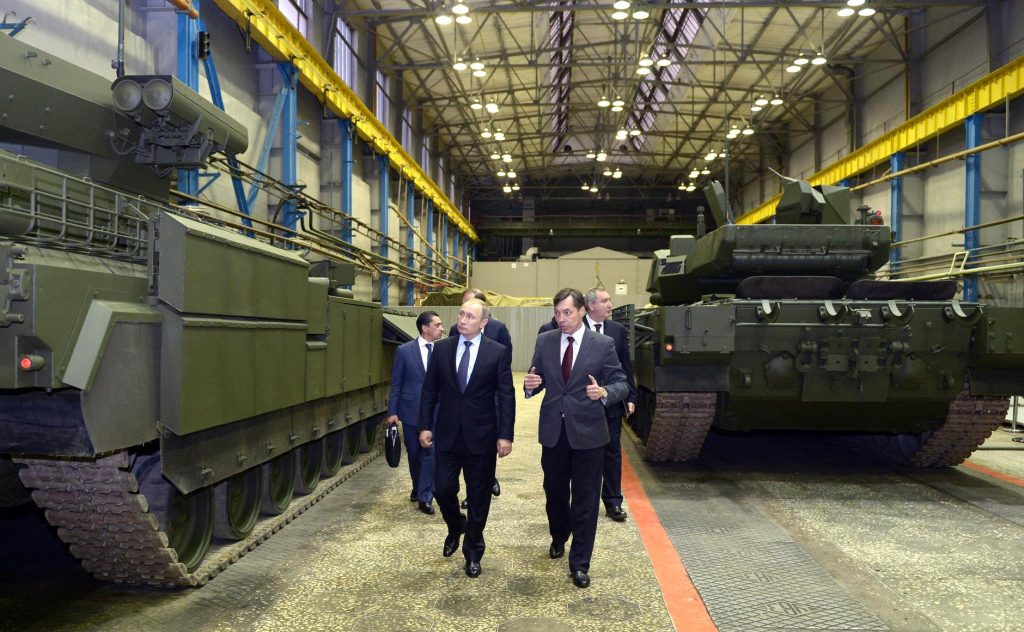
7. Industrial and Economic Restrictions: Russia’s Waning Options
Russia’s capacity for further fighting hangs in the balance. The defense industrial base cannot maintain the rate of equipment loss, and enlistments are decelerating even though greater financial incentives are being offered. The Kremlin resort to foreign ammunition and even North Korean troops is a testament to the gravity of its manpower and materiel crisis. The economic stresses are increasing: Russia’s sovereign fund has plummeted by 57% since before the invasion, inflation is now in full swing, and its military spending now takes up 41% of the federal budget. As one analysis states, “Russia’s long conflict and heavy battlefield losses are already causing serious economic issues these economic challenges will probably come due within another 12 to 18 months” as defined by ISW.
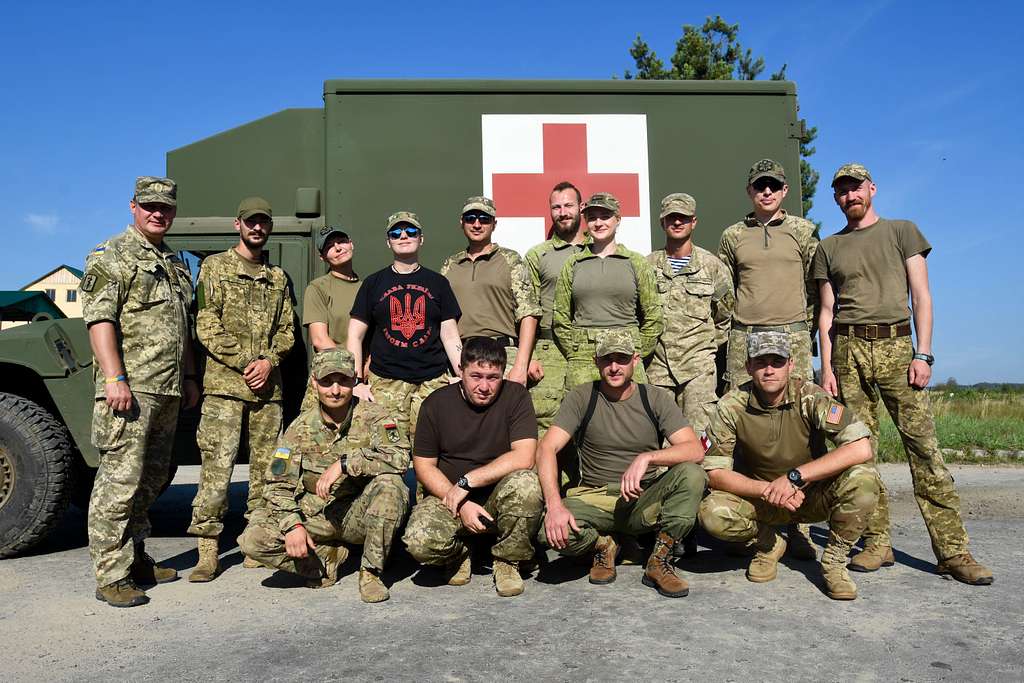
Trump’s numbers are questionable, but the technical, technological, and logistical necessities behind the casualty projections imply a war whose outcome may be as much determined by innovation and industrial might as by the grim mathematics of war.
